The expectations from Union Budget 2024-2025 are multifaceted, driven by the need for comprehensive reforms and strategic investments. Various experts and stakeholders in the education industry anticipate a renewed focus on critical areas that demand attention.

Budget Expectations for the Education sector hold paramount importance as we approach Union Budget 2024-2025. As an Education Marketing Expert, delving into the historical context unveils a persistent discourse surrounding the elusive 6% of GDP allocation for public education – a goal set by the Kothari Commission in 1964-66. Despite its prominence in policy discussions, achieving this target has remained an unfulfilled aspiration for over six decades.
Examining the trajectory from 2014 to 2023 reveals a dynamic landscape with notable highlights. The introduction of the National Education Policy (NEP) in 2020 injected fresh perspectives into budget considerations, emphasizing the need for a holistic educational approach.
The budgets of recent years witnessed increased allocations, reflecting a commitment to addressing evolving needs such as research and skill development.
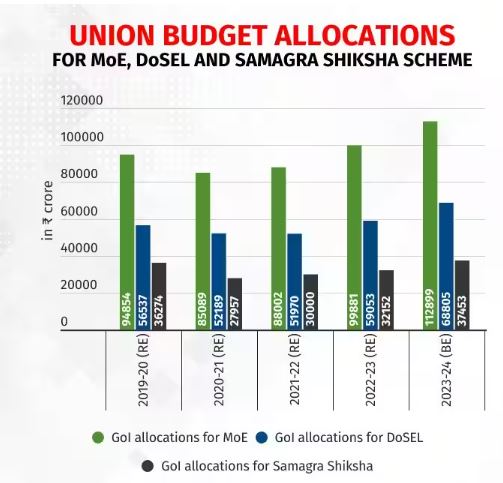
Against this backdrop, the imminent Union Budget gains heightened significance, with the 2024 general elections potentially paving the way for an interim budget. The challenge lies in aligning budgetary allocations with the growing demands of the education sector.
As we anticipate the government’s financial blueprint, the expectations hinge on recalibrating priorities, overcoming funding challenges, and aligning with international standards to foster a robust education system. This discourse underscores the critical role the Union Budget 2024-2025 plays in shaping the trajectory of education in India.
The 6% of GDP Target: A Long-standing Goal
Education sector discussions in India have long been anchored in the ambitious goal set by the Kothari Commission in 1964-66 – allocating 6% of the Gross Domestic Product (GDP) to public education.

The recommendation stemmed from a comparative analysis with countries like the US, Japan, and the USSR, highlighting the importance of prioritizing education by dedicating a significant proportion of national income to it.
However, over six decades later, this benchmark remains a distant target. The historical context of the Kothari Commission’s proposal serves as a backdrop to the persistent dialogue on the necessity of robust financial commitment to education.
Despite its enduring presence in policy discourse, the 6% GDP allocation goal is yet to be realized, posing a challenge to the holistic development of the education sector. Current allocation statistics reflect a stark reality. As of now, the Centre’s spending on education constitutes approximately 4.41% of the GDP, with a notable decline in recent years.
This figure, comprising a quarter from the union government and three-quarters from state governments, underscores the existing funding challenges faced by the education sector.
Key Pointers
- The Kothari Commission, in 1964-66, recommended allocating 6% of GDP to public education, a goal unmet for over six decades.
- Despite historical aspirations, the current allocation to education stands at approximately 4.41% of the GDP, highlighting funding challenges.
- Expert opinions underscore concerns about the declining share of government spending on education, both at the school and higher education levels.
- The Union Budget 2024-2025 assumes significance as an opportunity to bridge the gap between historical goals and current financial realities in the education sector.
- Persistent discourse on the 6% GDP target reflects the ongoing challenges and priorities in shaping a robust education system in India.
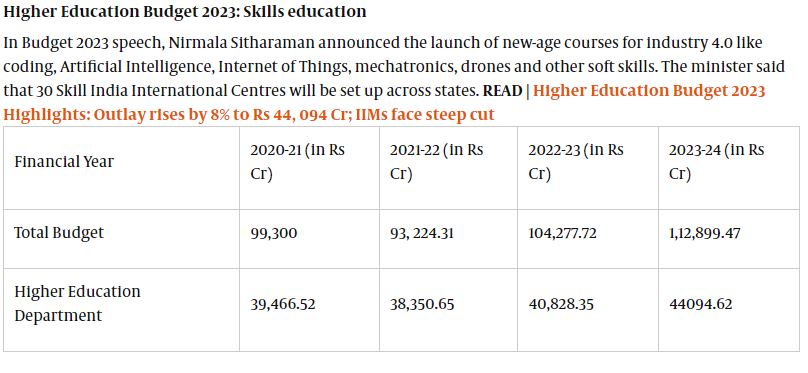
Expert opinions on the 6% GDP target resonate with concerns about the declining share of government spending on education. Notably, research and thematic leads in the sector emphasize that the union government’s allocation towards education, both at the school and higher education levels, has witnessed a consistent decrease or stagnation in recent years.
Past Budget Highlights: Analyzing Trends from 2014 to 2023
Scrutinizing the Union Budgets from 2014 to 2023 provides valuable insights into the trends, priorities, and challenges shaping the education sector in India.
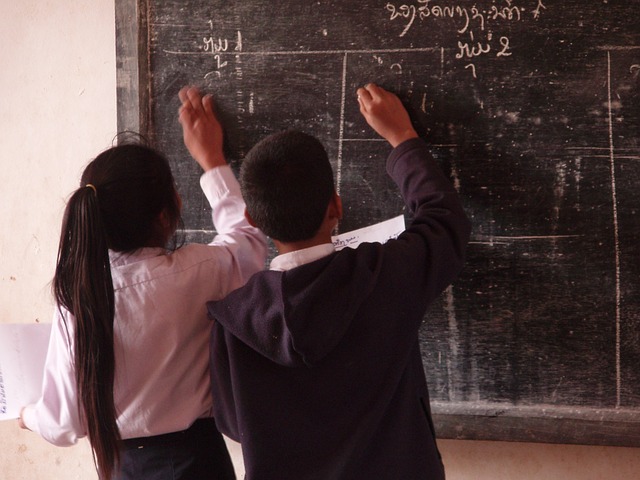
During this period, the government has grappled with the persistent goal of allocating 6% of the Gross Domestic Product (GDP) to public education, a target set by the Kothari Commission in 1964-66. The historical context of this recommendation echoes in the ongoing discourse surrounding education funding, making it crucial to analyze past budgetary highlights.
Over the years, education budgets have witnessed dynamic shifts, responding to evolving needs and policy frameworks. The introduction of the National Education Policy (NEP) in 2020 marked a significant milestone, injecting fresh perspectives into budget considerations. The NEP emphasized a holistic approach to education, prompting increased allocations to address multifaceted challenges.
The budgets from 2014 to 2023 reflect a commitment to enhancing the quality of education, skill development, and outreach. Noteworthy schemes such as the Skill India program, Rashtriya Uchchatar Shiksha Abhiyan, and the establishment of the Higher Education Funding Agency (HEFA) underscore a multifaceted approach to education development. These initiatives aimed at addressing teacher shortages, skill development, and strengthening higher education institutions.
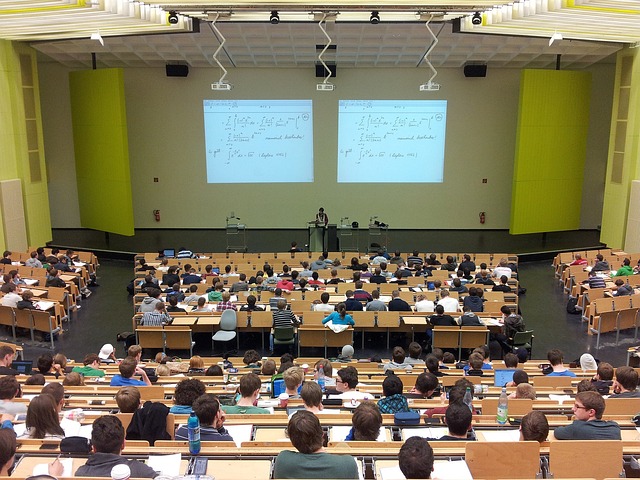
In 2018, the government unveiled the ambitious ‘Study in India’ program to attract foreign students, aligning with global educational trends. The budgets also witnessed a digital transformation in education, with a shift from regular blackboards to digital boards, reflecting a commitment to keeping pace with technological advancements.
Key Pointers
- Education budgets from 2014 to 2023 reflect a commitment to addressing teacher shortages, skill development, and strengthening higher education institutions.
- The introduction of the National Education Policy (NEP) in 2020 marked a significant milestone, influencing budget considerations and emphasizing a holistic approach to education.
- Schemes such as Skill India, Rashtriya Uchchatar Shiksha Abhiyan, and the establishment of the Higher Education Funding Agency (HEFA) underscore a multifaceted approach to education development.
- The ‘Study in India’ program and the digital transformation in education showcase efforts to align with global trends and technological advancements.
- Budget allocations in recent years demonstrate a recognition of the importance of education loans, schemes for promoting higher education, and skill development initiatives.
- The persistent challenge of achieving the 6% GDP target for education remains, prompting the need for recalibrating priorities and overcoming funding challenges in the upcoming Union Budget 2024-2025.
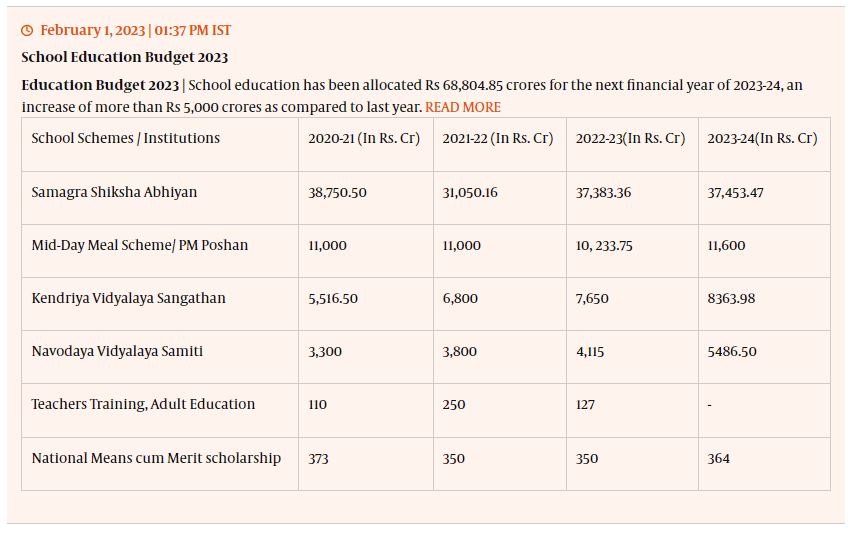
The allocations in recent budgets mirror a recognition of the importance of education loans and schemes, such as the Pradhan Mantri Vidya Lakshmi Karyakram and Deen Dayal Upadhyay Gramin Kaushal Yojana, aimed at promoting higher education and skill development.
Additionally, the emphasis on sports education, artificial intelligence, and robotics in the 2019 budget underscored the government’s commitment to imparting new-age skills.
Expectations for Union Budget 2024-2025
The expectations from Union Budget 2024-2025 are multifaceted, driven by the need for comprehensive reforms and strategic investments. Various experts and stakeholders in the education industry anticipate a renewed focus on critical areas that demand attention.

One major expectation revolves around the enhancement of research and development infrastructure in private universities. Collaborations between government bodies and private institutions through a Public-Private Partnership (PPP) model are anticipated to facilitate improved infrastructure, aligning with the increasing student intake in private universities.
Effective teacher training has emerged as another crucial demand. Acknowledging the significance of resilient mechanisms in the education delivery system, there is a call for the establishment of state-wide institutes to bridge existing gaps at the tertiary level.
The quality of education is expected to witness a substantial improvement with investments directed towards advancing research-and-development infrastructure at these levels.
Key Pointers
- Union Budget 2024-2025 holds significant importance for the education sector, with expectations of transformative reforms and strategic investments.
- Anticipation of enhanced research and development infrastructure in private universities through PPP collaborations.
- Crucial demand for effective teacher training and the establishment of state-wide institutes to bridge existing gaps at the tertiary level.
- Growing trend of international students seeking higher education fuels expectations for subsidies and support to boost India’s global education standing.
- Aligning with NEP 2020, expectations center on increased public investment in education, addressing contemporary challenges for transformative reforms.
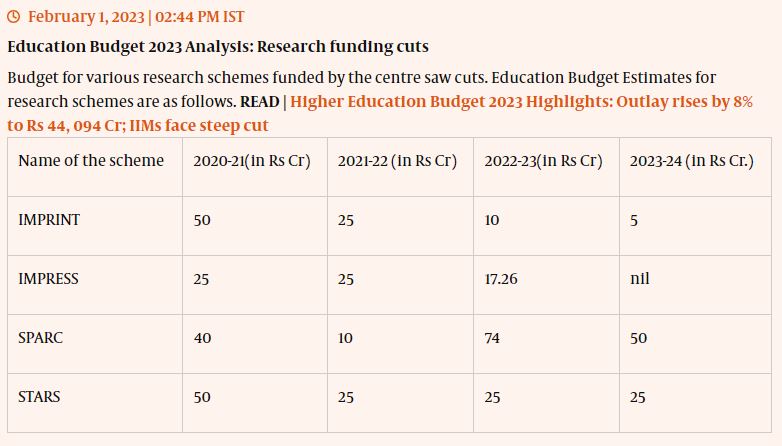
International students seeking higher education in India present a growing trend. Experts anticipate that subsidizing international students and supporting educational infrastructure will not only boost India’s standing as a global education leader but also contribute to the nation’s historical legacy.
The expectations from Union Budget 2024-2025 align with the broader goals outlined in the National Education Policy (NEP) 2020, emphasizing the need for increased public investment in the education sector.
The demand for strategic allocations in research, teacher training, and international collaborations reflects a nuanced understanding of the contemporary challenges faced by the education system.
Challenges and Opportunities: Rethinking Budget Allocations
Over the years, there has been a noticeable decline in allocation to the public education system. Latest reports indicate that the share of the union government’s spending towards education, encompassing both school and higher education, has been consistently decreasing or stagnant in recent years.
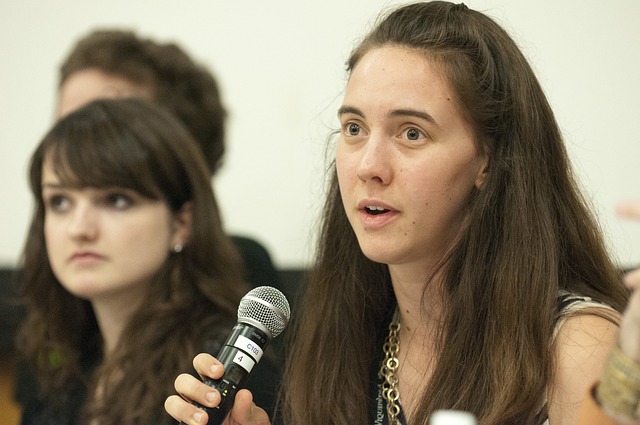
Currently, the central government expends 4.41% of the GDP on education, with one-fourth coming from the union government and three-fourths from state governments.
Rethinking the basis for budget calculations becomes a critical aspect, as pointed out by experts. The historical target of allocating 6% of GDP to education, recommended by the Kothari Commission in 1964-66, remains unattained.
Various committees, including the Tapas Majumdar committee in 1998-99, emphasized the need for additional resources, especially for school education, beyond the 6% benchmark. Experts advocate for a reassessment of the basis, suggesting a shift in focus towards the teaching-learning process rather than infrastructure.
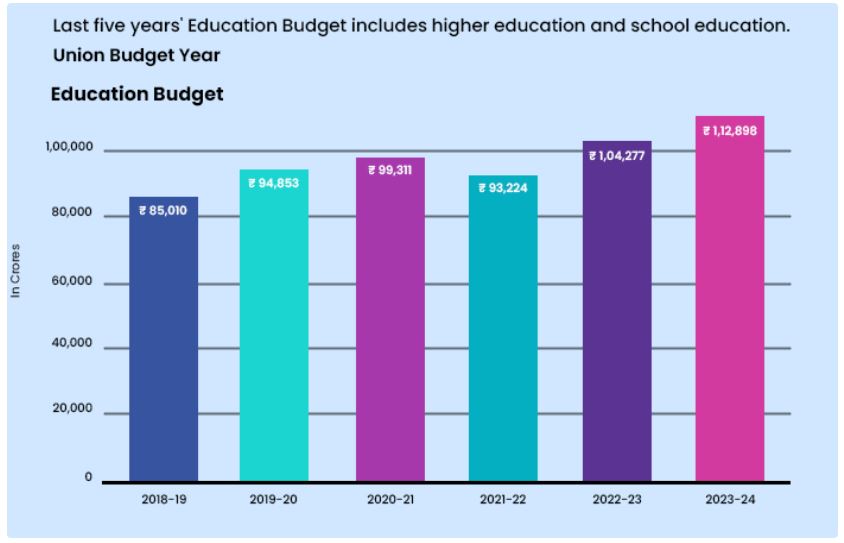
Funding challenges loom large over the education sector, and effective utilization of allocated funds emerges as a pivotal concern. Late disbursement of funds and states failing to deliver on time contribute to underutilization, leading to a cycle where granted funds from the previous year remain unspent. This inefficiency raises questions about the practicality of utilizing even the current 4% allocation effectively, let alone the proposed 6%.
Key Pointers
- Decline in allocation to public education: Reports highlight a consistent decrease or stagnation in the share of the union government’s spending on education over recent years.
- Historical 6% GDP target: The Kothari Commission’s recommendation in 1964-66 set a goal of allocating 6% of GDP to education, a benchmark yet to be achieved.
- Reworking budget basis: Experts emphasize the need to reassess the basis for budget calculations, shifting focus towards the teaching-learning process rather than infrastructure.
- Funding challenges: Late disbursement of funds and states failing to deliver on time contribute to underutilization, raising concerns about the practicality of effectively using even the current 4% allocation.
- Innovative funding methods: Suggestions include taxing the private sector to fund government schools, but experts stress the importance of establishing a level-playing field and addressing basic infrastructure needs before implementing such measures.
Former Secretary of the Department of School Education and Literacy highlights the need for innovative funding methods, suggesting taxing the private sector to fund government schools.
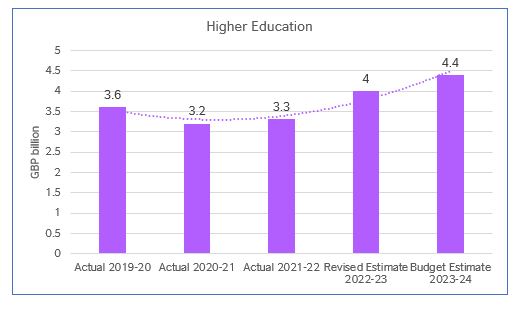
However, before innovation, experts argue for establishing a level-playing field, addressing basic infrastructure needs, and ensuring a uniform quality of education across the board.
Future Outlook
Education sector stakeholders eagerly await the Union Budget 2024-2025, recognizing its pivotal role in shaping the future of education in India. Historical data, particularly from the last decade, provides a context for understanding the trajectory of budgetary allocations and the expectations surrounding the upcoming budget.

The Kothari Commission’s recommendation in 1964-66, setting a goal of allocating 6% of GDP to education, remains a benchmark that the nation has yet to achieve. Reports indicate a consistent decline or stagnation in the share of the union government’s spending on education, currently at 4.41% of GDP, with a quarter from the central government and three-quarters from state governments. This raises concerns about the practicality of effectively utilizing even the current allocation.
Experts emphasize the need to reassess the basis for budget calculations, shifting the focus from infrastructure to the teaching-learning process. While the 6% target remains elusive, the call for innovation in funding methods, such as taxing the private sector to support government schools, is met with a plea for establishing a level-playing field and addressing basic infrastructure needs first.
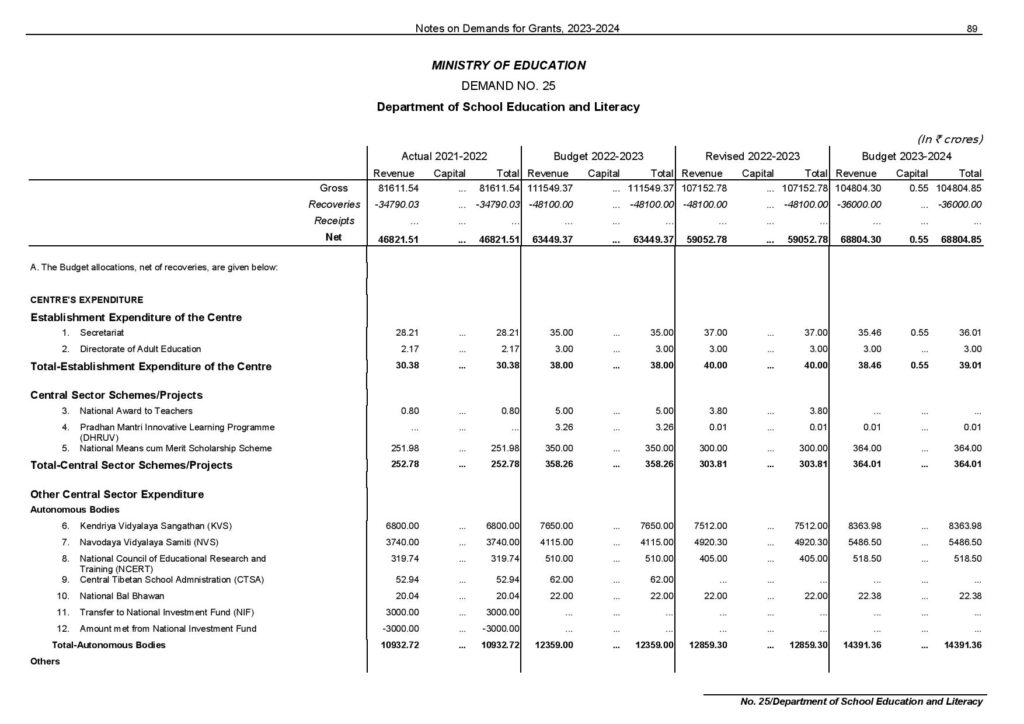
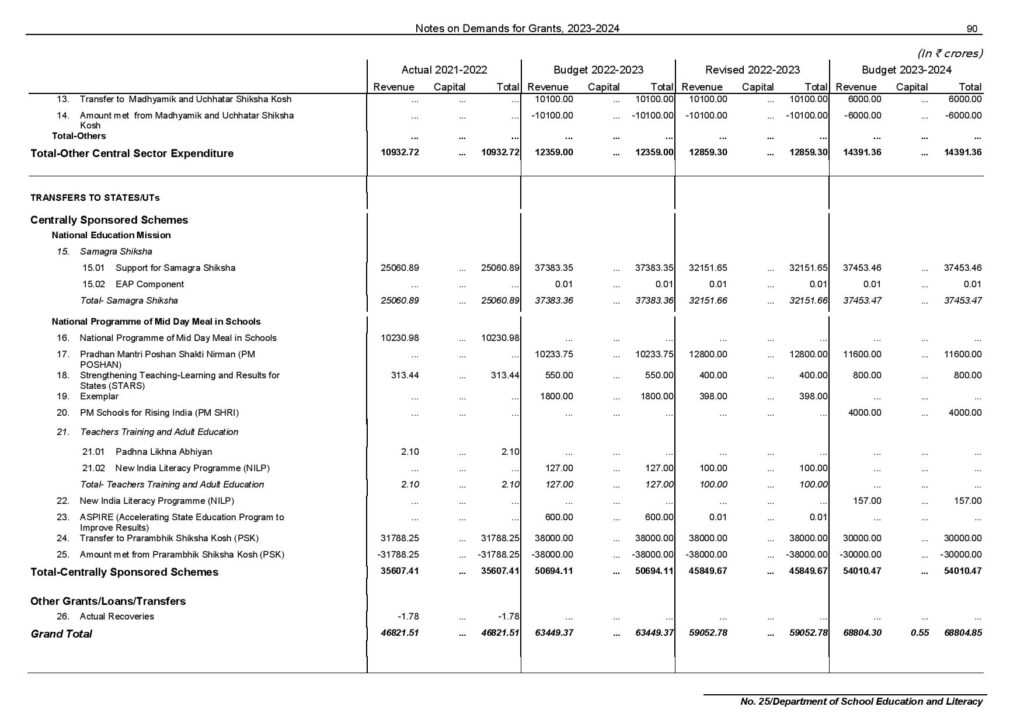
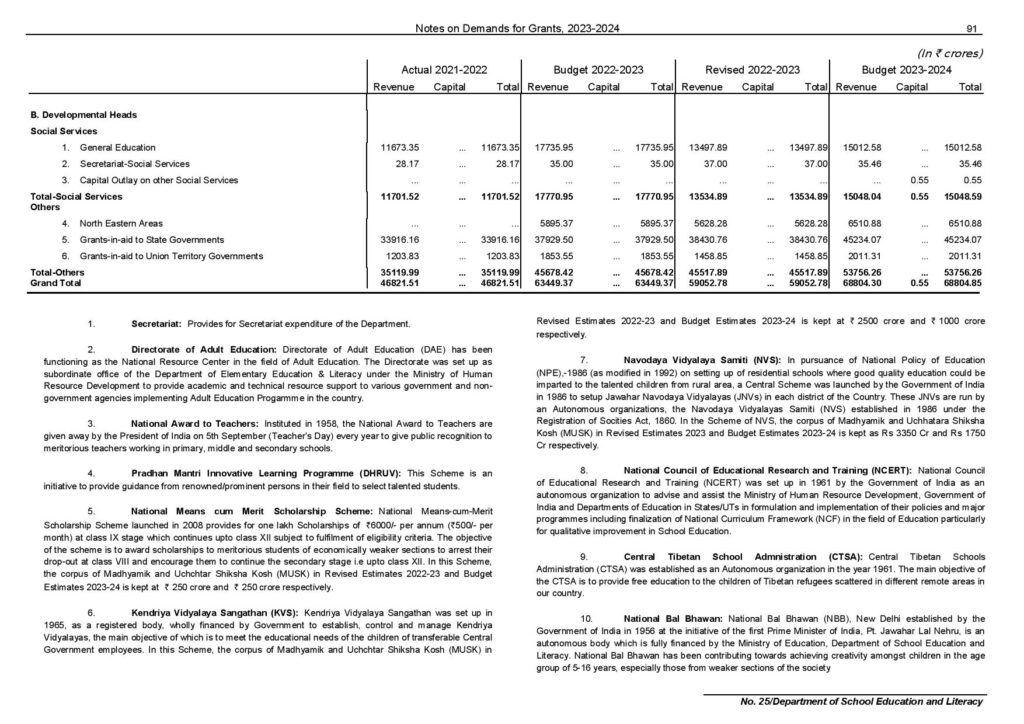
The past budgets from 2014 to 2023 reveal a dynamic landscape, with allocations and initiatives adapting to the changing needs of the education sector. The National Education Policy (NEP) 2020 has left its imprint on budget considerations, emphasizing the importance of drawing investment into the sector and implementing policy recommendations.
As education stakeholders eagerly anticipate the upcoming budget, the focus is on specific demands and expectations. Key areas of concern include research and development infrastructure, teacher training, and the influx of international students.

The sector looks to the government to prioritize improving infrastructure, hiring quality faculty, enhancing the student experience, and launching new-age, industry-relevant programs.
Challenges abound, from a decline in allocation to the public education system to funding challenges resulting from late disbursements and underutilization of funds. Rethinking budget allocations becomes crucial, with experts suggesting a focus on ground realities, effective utilization of funds, and addressing the shortage of qualified teachers.


Pingback: Digital Threats: PR's Role in Securing Educational Institutions